| |
Glass Slides, Adhesion and Charges...
Trying to unravel some of the mystery
-Debbie Siena, HT(ASCP)QIHC
Slides are something that we handle everyday and as simple as they seem, determining the correct slide to use is not always easy. I know that there were times in my career when I asked if I should use a "Plus", "Charged", "Coated" or "Electro statically charged" slide. And I know that there are histotechs out there asking the same thing because as Technical Support Manager of StatLab Medical Products, I get asked this question frequently. I thought it may be helpful to address the topic to a broader audience.
Before I get to the answer, let me digress a bit into the past. Since the beginning of cutting paraffin sections, histotechs have been looking for some type of adhesive that will help keep the section on the slide. One of the first treatments was Celloidin; it was a bit before my time, so I never experienced using it. But at the risk of aging myself, I was around when we added gelatin to the water bath. For those of you old enough to remember or who may still be using it; you may sympathize when I say it is sometimes a struggle to find the appropriate amount/type of gelatin to dispense. And while we are taking a trip down memory lane, does anyone remember smearing Egg Albumin on the slides for particularly hard specimens or those very precious specimens? It's almost comical to think about the past and how far the industry has come. By the way. My parents used to walk 10 miles to school, uphill, both ways. Do I sound like them?
For you "youngsters", things really started to change when Immunohistochemistry became more prevalent. It was imperative for tissues to adhere to slides. So In 1983, Poly-L-Lysine was introduced and manufacturers began coating glass with Poly-L-Lysine. I can personally attest that this was a huge improvement over the methods I alluded to above. However, it was not quite perfect and under some conditions this treatment failed to permanently adhere sections to the slides. In 1987, 3-aminopropyltriethoxylsilane ("APES" or "Silane") was introduced. It was found that this material worked better than Poly-L-Lysine because when a slide is coated with this substance, a permanent covalent bond is formed between the tissue and the slide. A bond strong enough so that the tissue should not wash off of the slide. It was at this time, the "Positively Charged Slide" or the "Plus" slide was born and the principle of using the negative charges of the tissue sections to bind to a positively charged slide became the preferred method of adhering tissues to slides.
What I hope to leave with you today is that no matter what you have been told, the words, "Plus", "Charged", "Adhesive" or "Electro statically charged" all mean the same thing, there is no magical slide charging machine. I can assure you that manufacturers use the same types of coatings (APES) to give their slide the adhesion properties we need in the lab. Please understand that I am not suggesting all adhesive slides are created equal because they are not. Performance differences occur because of differences in the quality of the raw materials of the actual glass and/or the consistency with which the APES coating is applied.
I hope this uncovers some of the mystery for you. For those who wish to explore this topic further, there are several articles that I recommend:
- Kuhlmann, W., Silane conditioning of glass Slides, www.immunologie-labor.com/cellmarker_files/IET_meth_silane.pdf
- Maddox, P H, Jenkins, D, (1987)3-Aminopropyltriethoxysilane (APES): A new advance in section adhesion, J. Clin Pathol, 40:1256-1260
- Kiernan, J.A., (1999)Strategies for preventing detachment of sections from glass slides, Microscopy Today 99-6: 22-24
|
|
| | |  | |  |
|
I am excited to introduce
"Technically Speaking"
a series of technical bulletins centered around Histology and Cytology laboratory products, techniques, and procedures.
We hope to provide you with timely and educational material as well as an easy means to pick up new tidbits of industry knowledge!
Also, please stay tuned for more information on the first of our Quarterly Webinars taking place in late October. "Validation, A Major Component of the Laboratory Quality Assurance Program." Registration details to follow.
Of course, we are always interested in hearing what subjects you would like to know more about as well. So let us hear from you too.
Thank you and best wishes for your continued success!
-Debbie
|
|
 |
|
 |
|
Debbie Siena has served as Technical Support Manager for StatLab Medical Products since March 2010. Debbie has over 25 years of experience in histology and currently focuses on troubleshooting product issues in partnership with customers and suppliers, educating sales and customer service team members on histology, and overseeing our Customer Outreach Program. Debbie is active in the local, state and national histotechnology professional societies and is a frequent speaker at these events.
|
|
 |
|
Contact Us:
800-442-3573 x 235
Technical Support:
800-442-3573 x 229
|
|
|